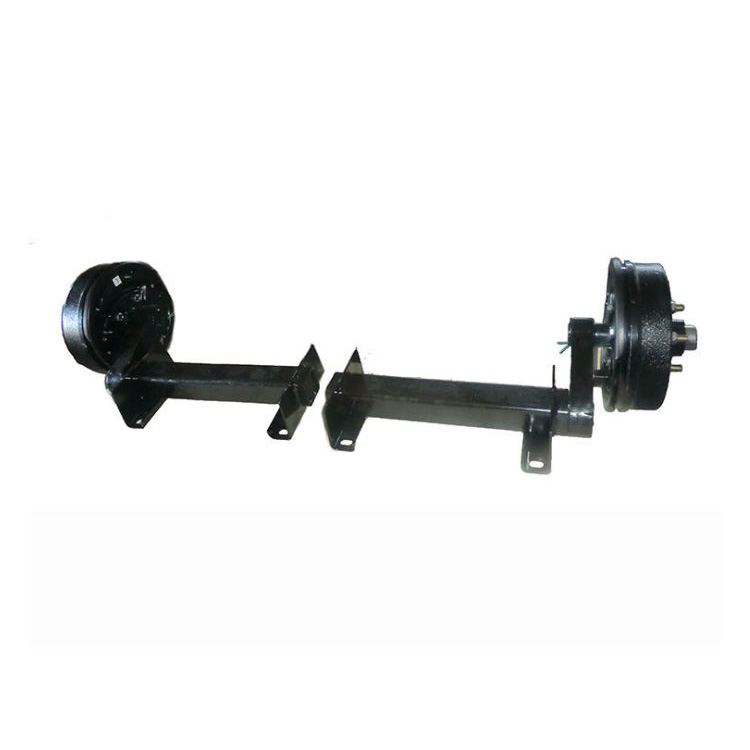Types of Spare Parts Axles
2024-07-13
A spare parts axle refers to a component used in vehicles and machinery that serves as the central shaft for rotating wheels or other rotating parts. Here’s an overview of spare parts axles, their types, applications, and considerations:
Types of Spare Parts Axles:
1. Vehicle Axles:
- Front Axle: Found in the front of vehicles and typically responsible for steering and bearing the weight of the front end.
- Rear Axle: Located at the rear of vehicles, transmitting power from the differential to the wheels and bearing the weight of the rear end.
2. Machinery Axles:
- Drive Axle: Transmits power from an engine to the wheels or other driven components.
- Non-Drive Axle: Supports wheels or rotating parts without transmitting power, often used in trailers or machinery with multiple axles.
3. Types Based on Design:
- Straight Axle: A single shaft connecting two wheels, commonly found in older vehicles and some heavy-duty applications.
- Independent Suspension Axle: Each wheel is connected to its own axle, allowing for more flexible and smoother ride characteristics.
Components and Construction:
- Shaft: Main structural component that transfers torque from the differential or transmission to the wheels or driven parts.
- Bearings and Seals: Ensure smooth rotation and prevent contamination of axle components.
- Splines or Keyways: Connects the axle to wheels or other driven components, allowing torque transmission.
Applications:
- Automotive: Used in cars, trucks, buses, and other vehicles for driving, steering, and supporting loads.
- Construction and Agricultural Machinery: Found in equipment such as tractors, excavators, and loaders for propulsion, steering, and load-bearing functions.
- Industrial Equipment: Used in industrial machinery for powering conveyor systems, rotating platforms, and other moving parts.
Considerations:
- Compatibility: Ensure the axle is compatible with the vehicle or machinery model, considering factors like axle load capacity, spline type, and dimensions.
- Material and Durability: Choose axles made from durable materials such as steel or alloy steel to withstand heavy loads and harsh operating conditions.
- Maintenance: Regular inspection, lubrication, and replacement of worn components (bearings, seals) to prevent axle failure and ensure safety and reliability.
- Installation: Proper installation by trained technicians or mechanics to ensure alignment, torque specifications, and safety.
Safety and Regulatory Compliance:
- Safety Standards: Axles and associated components must meet regulatory standards (e.g., DOT standards for vehicles) to ensure safe operation and compliance with legal requirements.
Spare parts axles play a crucial role in the operation and functionality of vehicles and machinery, supporting movement, steering, and load-bearing functions.



